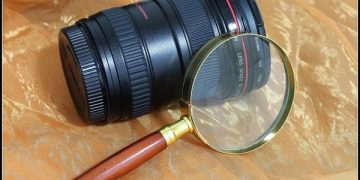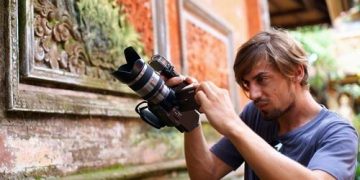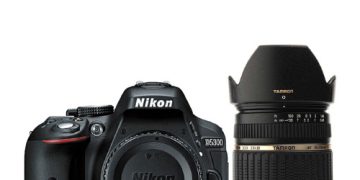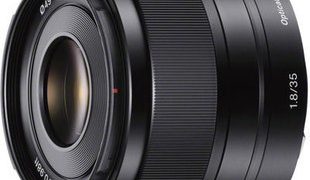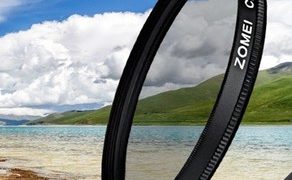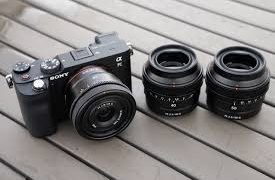In the world of photography, the lens is a crucial component that can make or break an image. The various specifications and numbers associated with lenses can seem like a complex alphabet soup at first glance. However, understanding these parameters is essential for photographers to make informed decisions and achieve their desired results.

One of the most common letters seen in lens specifications is “f,” which represents the aperture. The aperture determines the amount of light that enters the lens and affects the depth of field. A lower f-number, such as f/1.8 or f/2.8, indicates a wider aperture, allowing more light in and creating a shallower depth of field. This is ideal for isolating a subject and blurring the background, often used in portrait photography. On the other hand, a higher f-number like f/16 or f/22 results in a smaller aperture, less light intake, and a greater depth of field, suitable for landscape photography where you want the entire scene to be in focus.
Another important letter is “mm,” which stands for millimeter and refers to the focal length of the lens. A wide-angle lens typically has a shorter focal length, such as 16mm or 24mm. It is great for capturing expansive landscapes or interior spaces, as it can fit a large area into the frame and create a sense of depth. A standard or normal lens, around 50mm, closely approximates the field of view of the human eye and is versatile for various types of photography, including street and documentary work. A telephoto lens, with a longer focal length like 200mm or 300mm, allows you to zoom in on distant subjects, making it useful for wildlife or sports photography.
The letter “IS” or “VR” (Image Stabilization or Vibration Reduction) is also significant. Lenses with this feature help to counteract camera shake, enabling photographers to shoot at slower shutter speeds without getting blurry images. This is especially beneficial in low-light situations or when using a telephoto lens where even the slightest movement can cause blur.
“AF” and “MF” stand for autofocus and manual focus respectively. Autofocus lenses use sensors and motors to automatically adjust the focus on the subject, which is convenient and fast for most shooting scenarios. However, manual focus lenses give photographers more precise control, especially in situations where autofocus might struggle, such as shooting through a fence or in extremely low-light conditions.
Understanding these and other lens specifications like the maximum magnification, filter size, and lens construction (indicated by terms like “L” series for high-quality lenses) empowers photographers to select the right lens for their specific needs. Whether it’s a wide-angle lens for sweeping landscapes, a fast prime lens for beautiful bokeh in portraits, or a telephoto lens for capturing distant action, decoding the alphabet of lens specifications is the key to unlocking the full potential of photography and creating stunning images. It allows photographers to express their creativity and tell their unique visual stories through the power of the lens.







